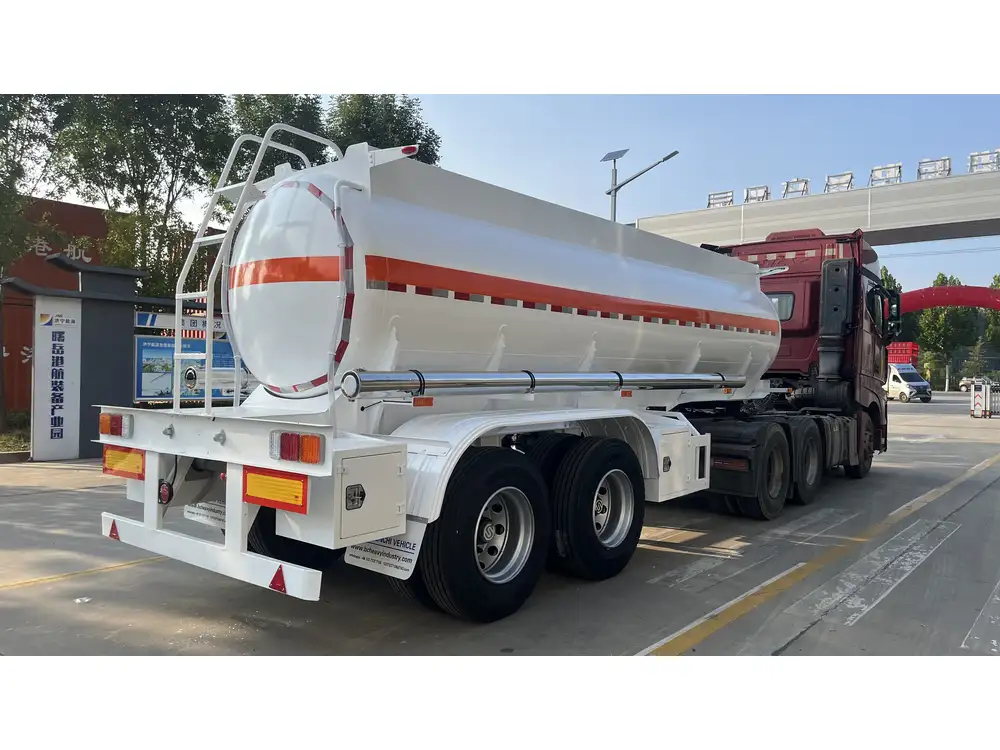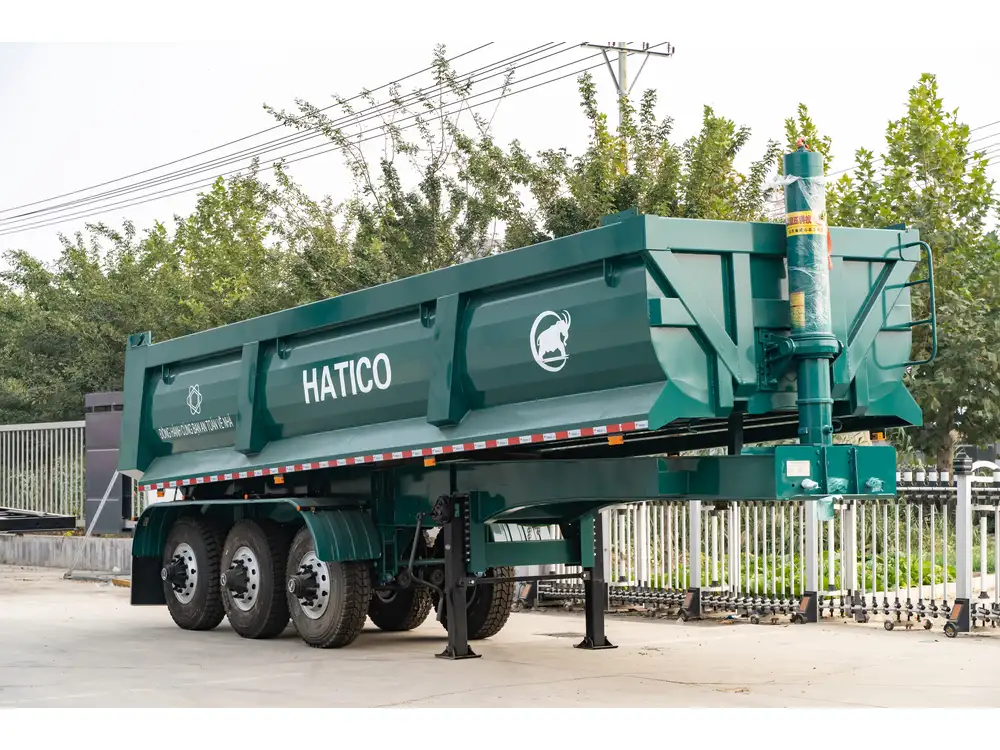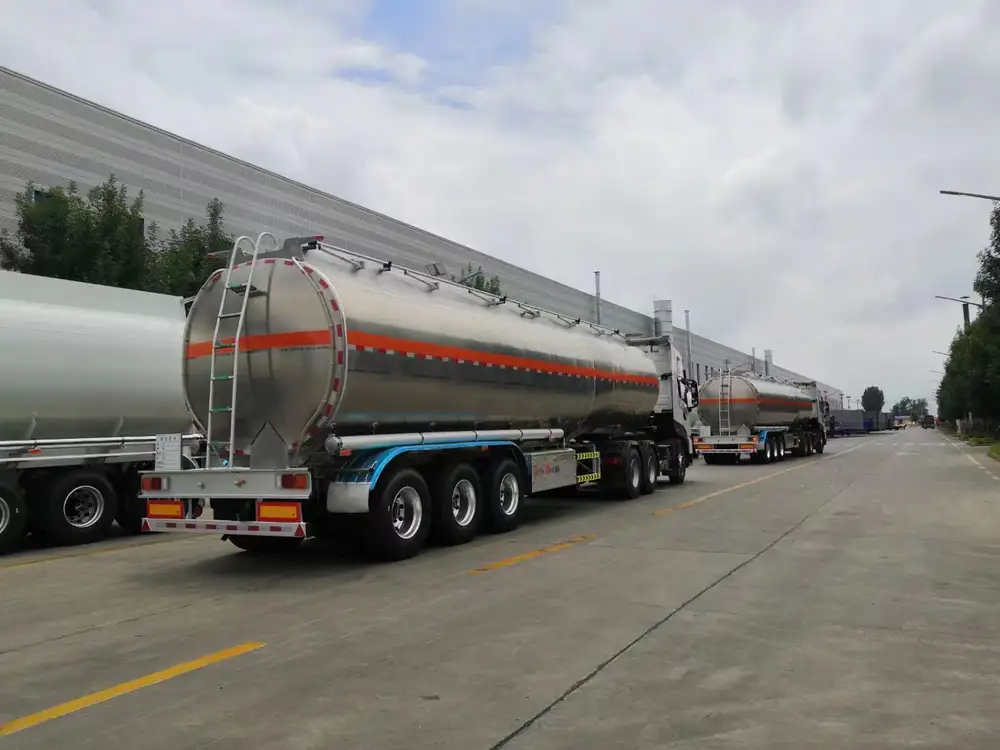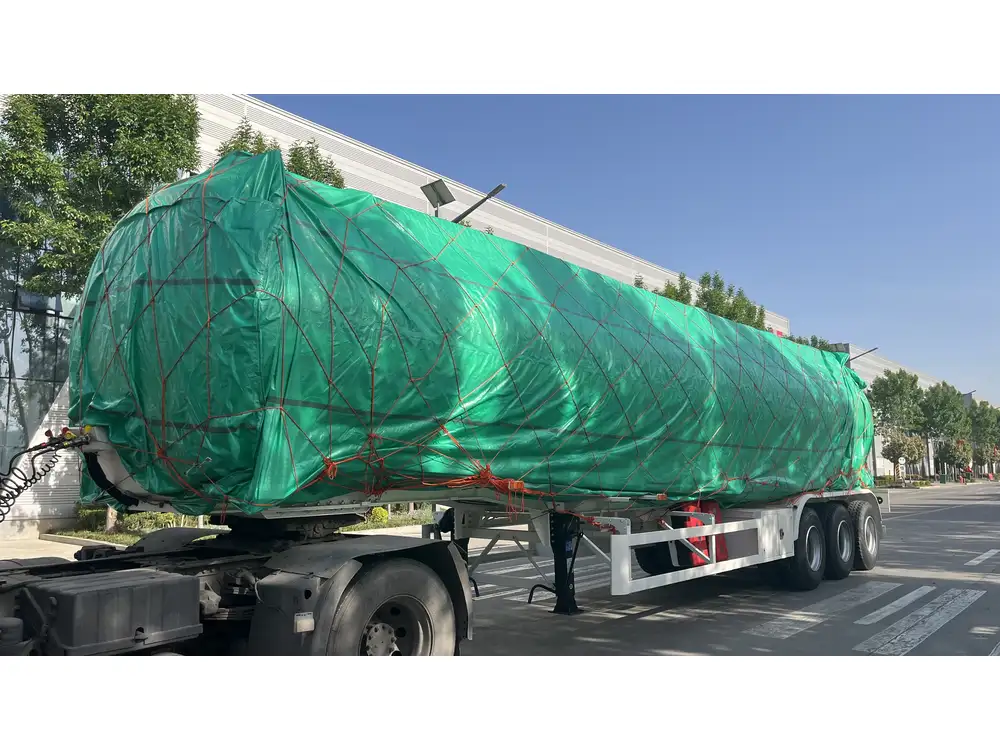When it comes to the world of semi-trailers, specifically dump trailers, maintaining the lifting jacks is essential for optimal functionality and safety. The complexity of repairing these jacks can be daunting for many, whether you’re an owner-operator or managing a fleet. This detailed guide will provide you with in-depth instructions, troubleshooting tricks, and insights into ensuring your metro dump trailer stays in peak condition without compromising on efficiency.
Understanding the Components of a Dump Trailer Lifting Jack
To effectively repair lifting jacks, it is crucial to understand the components involved. Dump trailer jacks primarily consist of the following elements:
| Component | Description |
|---|---|
| Jack Frame | The structural component that supports the jack. |
| Gear Box | Houses the gearing mechanism to facilitate lifting. |
| Screw or Ram | The component that extends and retracts to lift loads. |
| Handle | Manual lever that allows for the jack’s operation. |
| Hydraulic Cylinder | In hydraulic models, it provides the lifting power. |
Each of these parts plays a crucial role in the overall functionality of the lifting jack. Neglecting any part could lead to significant operational issues.
Diagnosing Common Problems with Dump Trailer Lifting Jacks
Before diving into repairs, it is essential to identify the issues you are facing with your trailer’s lifting jacks. The following are some common problems along with potential causes:

1. Jack Not Lifting
Potential Causes:
- Lack of hydraulic fluid
- Damaged hydraulic cylinder seals
- Overloaded trailer
2. Jack Extends Slowly
Potential Causes:
- Contaminated hydraulic fluid
- Blocked hydraulic lines
- Worn seals within the gear box
3. Jack Won’t Stay Extended
Potential Causes:
- Faulty locking mechanism
- Damaged or worn-out hydraulic seals
- Insufficient lubrication

4. Jack Makes Unusual Noises
Potential Causes:
- Lack of lubrication
- Worn gears or bearings
- Misalignment of the jack mechanisms
Identifying these issues is the first step in executing a successful repair.
Step-by-Step Guide to Repairing Metro Dump Trailer Lifting Jacks
Once the problems are diagnosed, repairing them involves a systematic approach. Below, we provide a thorough guide on how to address these issues one by one, ensuring you can execute repairs efficiently.
Step 1: Gather Necessary Tools and Supplies
Before starting any repair work, assemble the necessary tools and materials:
| Tool/Supply | Purpose |
|---|---|
| Wrench Set | For loosening and tightening bolts |
| Screwdriver Set | For removing and adjusting screws |
| Jack Stands | For safely supporting the dump trailer during repairs |
| Hydraulic Fluid | Essential for refilling hydraulic systems |
| Grease Gun | For lubricating moving parts |
| Replacement Seals | To replace damaged hydraulic seals |

Step 2: Safety Precautions
Safety should always be a priority. Follow these precautions:
- Always use jack stands when working under the trailer.
- Ensure the trailer is parked on a flat surface.
- Allow any hydraulic components to cool before working on them.
Step 3: Inspect the Lifting Jack Components
Start by conducting a thorough inspection of the lifting jack components.
- Visual Inspection: Check for any visible cracks, wear, or damage.
- Movement Testing: Manually extend and retract the jack to identify any stiffness or resistance.
- Fluid Level Check: Look at the hydraulic fluid levels; top off if necessary.
Step 4: Repairing the Hydraulic Cylinder
If the hydraulic cylinder is the source of the issue, follow these steps:
- Remove the Cylinder: Disconnect it from the trailer frame.
- Inspect for Damage: Look for cracks or deformities.
- Seal Replacement:
- Disassemble the cylinder and replace any worn or damaged seals with new ones.
- Reassemble and Test: Reassemble the cylinder, refill hydraulic fluid, and test lifting operations.

Step 5: Addressing Gear Box Issues
If the jack is making unusual noises or is functioning poorly, the gear box may need attention.
- Remove the Gear Box: Disconnect it from the jack frame.
- Clean and Lubricate: Remove grime and apply a suitable lubricant to the gears.
- Check Alignment: Ensure gears are correctly aligned before re-installation.
- Reinstall and Test: Place the gear box back in its position and perform operational tests.
Step 6: Handling Electrical Components (If Applicable)
In the case of electric jacks, inspect the wiring and connections.
- Examine Wiring: Look for frayed or damaged wires.
- Check Connections: Ensure all electrical connections are secure.
- Test the Electric Motor: Using a multimeter, test motor functionality and replace if necessary.
Step 7: Final Assembly and Testing
After all repairs are executed:
- Ensure all components are properly reassembled and secured.
- Conduct a comprehensive test by fully extending and retracting the jack multiple times.
- Monitor for leaks and listen for unusual noises during operation.

Maintenance Tips for Lifting Jacks
Regular maintenance prolongs the life of your dump trailer jacks. Here are essential maintenance tips:
- Schedule routine inspections every few months.
- Change hydraulic fluid annually or as needed.
- Lubricate moving parts every six months.
- Inspect and repair any damage promptly to avoid further complications.
When to Seek Professional Help
While the steps outlined can resolve many issues, there are situations where expert intervention may be necessary:
- Complex Electrical Problems: When electrical issues go beyond basic wiring checks.
- Severe Hydraulic Failure: If the hydraulic system has suffered catastrophic damage.
- Component Replacement: For critical parts that require specialized tools and expertise.
Conclusion
Repairing the lifting jacks on your metro dump trailer doesn’t have to be an overwhelming task. Armed with the right knowledge and tools, you can address common issues effectively. Remember, prioritizing regular maintenance is key to preventing future problems and ensuring your trailer operates efficiently.
With the strategies outlined in this guide, you can mitigate downtime and enhance the performance of your dump trailer, ultimately safeguarding your investment. Embrace these best practices, and enjoy smooth, reliable lifting capabilities with your semi-trailer for years to come.



